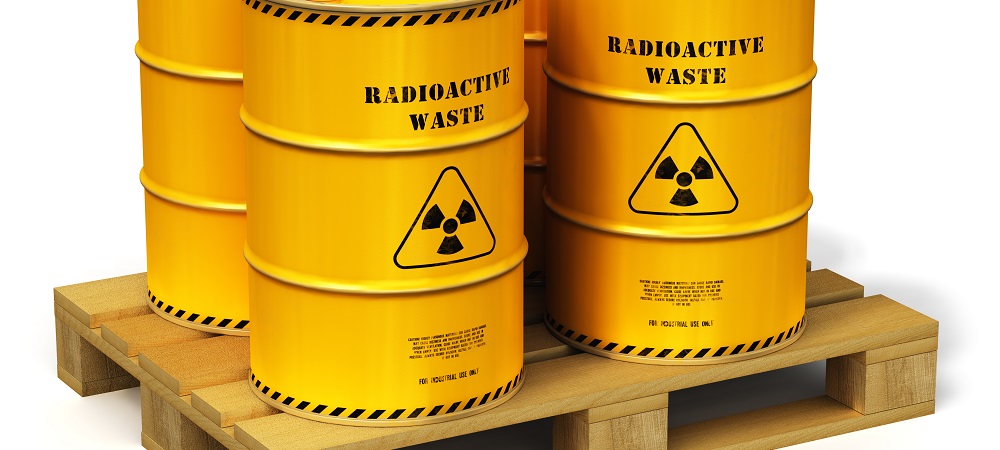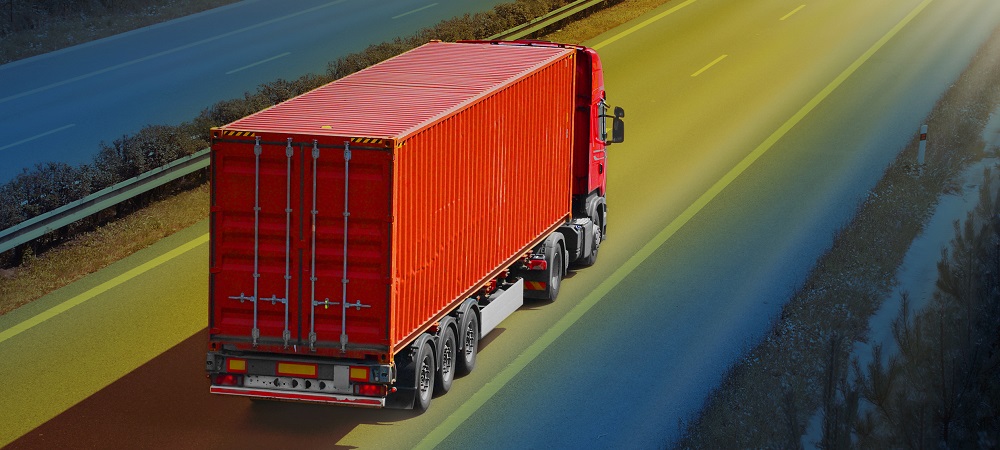Comprehensive Guide to Shipping Hazardous Materials
When you ship cargo, there’s a need to follow certain procedures and rules. How much more for hazardous materials? To do this seamlessly, you will need a comprehensive guide to shipping hazardous materials.
Hazardous materials aren’t always dangerous. You’ll be surprised that even perfumes are hazardous materials. Hazardous materials are abbreviated as HAZMAT and are some of the most complicated items to ship. For this reason, you need to know the best way to ship hazardous materials.
Generally, you are responsible for the safe shipping of hazardous materials. The reason is you are aware of its primary contents. As a result, you need to know all the rules and tips for shipping hazardous materials.
If you ignore these shipping regulations, there are punishments and fines that you may face. Furthermore, you risk incurring expensive damage to your cargo. In this article, we will be highlighting a comprehensive guide to help you ship hazardous materials.
What are Hazardous Materials?
Before we talk about how to ship hazardous materials, let us define what they are. Any commodity that poses a threat to people, the environment, and carriers are hazardous materials. HAZMATs are grouped into nine categories, varying from extreme to domestic items. These classes include:
Explosives
As the name implies, they are simply materials that explode. It can be designed to explode or may explode through chemical reactions. Explosives are very dangerous, and the best way to ship these hazardous materials is with extreme caution. They are divided into six, dependent on the danger posed. These include:
- Mass explosion risk explosives
- Explosives with blast and projection hazards
- Minor blast risks
- Explosives with major fire risks
- Blasting agents
- Extremely insensitive explosive
Examples of explosives include dynamite, hand grenades, consumer fireworks amidst others.
Gases
Dangerous gases are compressed and transported. A comprehensive guide to shipping hazardous materials should include the procedure for the proper shipping of gases.
These gases are dangerous when inhaled or in contact with another surface. They are classified into three divisions. These categories are:
- Flammable gas
- Non-flammable, Non-toxic gas
- Toxic gas
Examples include perfumes, pepper sprays, lighters, fire extinguishers, etc.
Flammable liquids
These are liquids that will ignite when in contact with fire. Any liquid with a flashpoint of 100 °F and above is a flammable material. Flashpoint is the minimum temperature required for any liquid to ignite with air.
Part of learning how to ship hazardous materials is understanding the mechanism of these materials and making necessary arrangements. Examples of flammable liquids include; gasoline, nail polish, etc.
Flammable solids
These are solid materials that catch fire when there is a source of ignition around. They are classified into 3 groups
- Flammable solids
- Spontaneously combustible Materials
- Solids that are dangerous when wet
Good examples of these include; coal, sulphur, potassium, sodium etc.
Oxidizing agents and organic peroxides
Any material that readily reacts with oxygen to enhance combustion is called an oxidizer. This class is divided into two, namely:
- Oxidizers
- Organic peroxides
Perfect examples are bleach, chlorine, etc.
Toxic and infectious substances
Our comprehensive guide to shipping hazardous materials defines these as materials that pose a severe threat to life if inhaled. Generally, they contain harmful substances that are detrimental to the health of humans. They are divided into two groups;
- Poisonous materials
- Biohazards
Examples include; blood/urine samples, pesticides etc.
Radioactive substances
These are material(s) that emit radiation. Perfect examples are research isotopes, radioactive medicines and X-ray machines.
Corrosive substances
Corrosive substances destroy and alter human skin permanently. They majorly consist of chemical substances like acids and bases. Any contact with the human skin leaves a permanent mark.
Miscellaneous hazardous materials
Products that are dangerous during transportation and don’t fit into the classes mentioned above are miscellaneous. A surprising example is vehicles.
How to Ship Hazardous Materials
The first info in this comprehensive guide for shipping hazardous materials is to understand that it’s a delicate process. When shipping hazardous materials, there should be no rush or cutback measures. As difficult as it may seem, here are some of the guidelines you should follow;
Material classification
This is a very important point in this comprehensive guide for shipping hazardous materials. The first requirement is the product safety data sheet. This material is a legal requirement for people who intend to transport hazardous goods. It’s to help carriers understand the products, risks and precautions necessary.
Contact carriers with expertise and certification in 49 CFR
The best way to ship hazardous materials is by using organizations with standard shipping and trucking services. One more requirement is to choose ones with employees certified in 49 CFR. The 49 CFR is a training that includes safety precautions, security awareness, and specific training.
The guidelines and tips for shipping hazardous materials are technical and dynamic. For this reason, the 49 CFR training is repeated once every three years. This training spans across four to 5 aspects which include:
- General awareness
- Function-specific
- Safety
- Security awareness
- In-depth security training (If required)
Standard packaging
Any comprehensive guide to shipping hazardous materials that excludes packaging is nullified. The product type determines how you will package the hazardous material. All of these various packages are catered for in training under the 49 CFR. By their different classes, all HAZMAT’s must be well-packed, labelled, documented and certified.
Mark and label commodities
All Hazmat’s have specific marks and labels that are peculiar to each class. You must double-check your package and ensure that it’s marked and labelled according to regulations.
Complete all papers and agreement with the carrier
Some carriers have more requirements when dealing with hazardous materials. While for others, you need to declare what type of goods they are shipping correctly. It is your responsibility to sort out all paperwork and requirements of your carrier. For example, shipping and trucking services in Canada follow the Transportation of Dangerous Goods (TDG) Regulations.
Conclusion
Following this comprehensive guide to shipping hazardous materials, doesn’t make you immune to mistakes. However, these mistakes can be costly, leading to expensive damage or worse — loss of life.
There are so many factors that need consideration and so many safety precautions. But, what if there’s a better way to ship hazardous materials? Will you take it?
Here at All Freight Shipping, we offer shipping and trucking services in Canada that ease the shipping process for hazardous materials.. We have well-trained employees who are skilled and certified with the 49 CFR. Check out our trucking and freight delivery services today and get a free quote!




